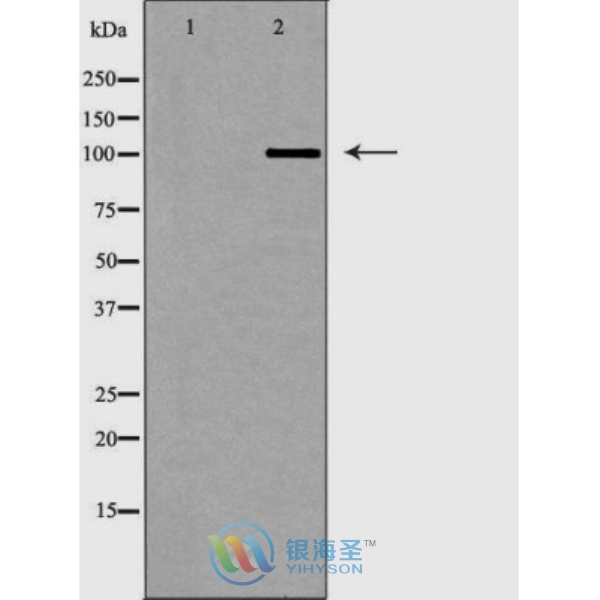ARP1500-61
[Polyclonal Antibody]
CTNND1 Rabbit Polyclonal Antibody

www.yhsbio.com
market@yhsbio.com
support@yhsbio.com
+86-21-54651191
Room 703,Building 6,333# Guiping
Rd.,Xuhui District,Shanghai,China
market@yhsbio.com
support@yhsbio.com
+86-21-54651191
Room 703,Building 6,333# Guiping
Rd.,Xuhui District,Shanghai,China
DATASHEET
| Species: | Rabbit |
| Applications: | WB IHC |
| Immunogen Range: | A recombinant protein of human CTNND1 |
| Clonality: | Polyclonal Antibody |
| Isotype: | IgG |
| GENE ID: | 1500 |
| Swiss Prot: | O60716 |
| Synonyms: | CAS, CTNND, KIAA0384, P120CAS, P120CTN, p120 |
| Purification: | Affinity purification |
| Storage: | Store at -20°C or -80°C in PBS with 0.02% sodium azide and 50% glycerol. Avoid freeze/thaw cycles. |
| Background: | Catenin δ-1 (p120 catenin) has an amino-terminal coiled-coil domain followed by a regulatory domain containing multiple phosphorylation sites and a central Armadillo repeat domain of ten linked 42-amino acid repeats. The carboxy-terminal tail has no known function (1). Catenin δ-1 fulfills critical roles in the regulation of cell-cell adhesion as it regulates E-cadherin turnover at the cell surface to determine the level of E-cadherin available for cell-cell adhesion (2). Catenin δ-1 has both positive and negative effects on cadherin-mediated adhesion (3). Actin dynamics are also regulated by catenin δ-1, which modulates RhoA, Rac, and cdc42 proteins (1). Analogous to β-catenin, catenin δ-1 translocates to the nucleus, although its role at this location is unclear. Many studies show that catenin δ-1 is expressed irregularly or is absent in various types of tumor cells, suggesting that catenin δ-1 may function as a tumor suppressor (4). Phosphorylation of Tyr904 on Catenin-δ-1 was identified at Cell Signaling Technology (CST) using PhosphoScan?, a CST's LC-MS/MS platform for phosphorylation site discovery (5). |
| Caculated MW: | 105 kDa |
| Observed MW: | Refer to Figures |
| Applications: |
WB 1:500-1:2000 IHC 1:50-1:200 |
| Reacitivity: | Human, Mouse, Rat |
For research use only. Not intended for diagnostic or therapeutic use!
Additional information
